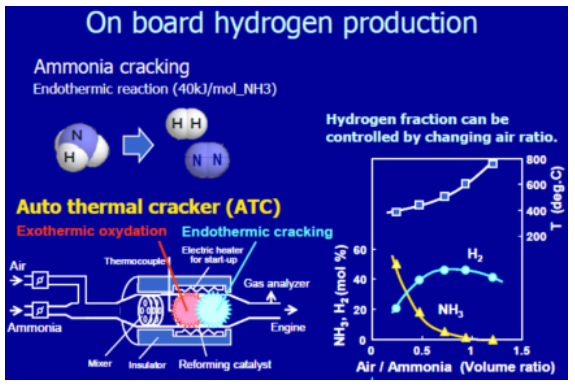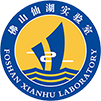The idea of ammonia-hydrogen fusion
Joi Scientific's 2016 vision for Hydrogen2.0TM aims to overcome the limitations of hydrogen use by preparing, storing, transporting and releasing energy.
In 2017, the Global Ammonia Energy Alliance proposed a new concept of Ammonia=Hydrogen 2.0 to build a new ammonia energy system to solve the long tail problem of single hydrogen energy.
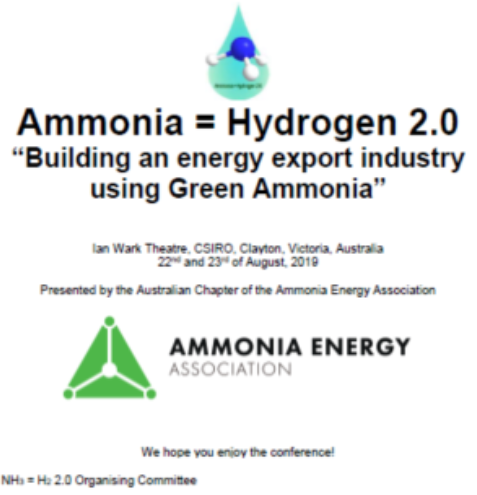
Ammonia=Hydrogen 2.0
Current Situation of Ammonia-hydrogen Energy
The world is very rich in ammonia energy -- Why is the world entering the era of ammonia energy? Ammonia is the future green energy winner.
Ammonia energy technology is developing from gray ammonia to blue ammonia and green ammonia.
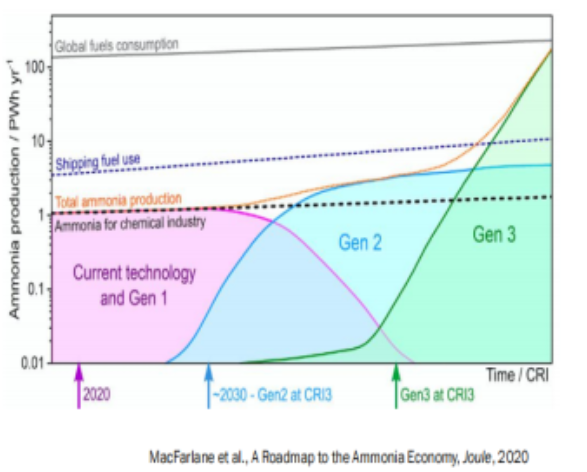
The global annual output of synthetic ammonia is 200 million tons, and each ton of synthetic ammonia produces 1.8 tons of CO2. China's annual output of synthetic ammonia is 50-60 million tons, accounting for 25-30% of the global output.
At present, the synthesis of ammonia is the first generation of grey ammonia, and by 2030, the production of the second generation of zero-carbon blue ammonia (natural gas cracking +CO2 capture) and the third generation of renewable energy synthesis of green ammonia.
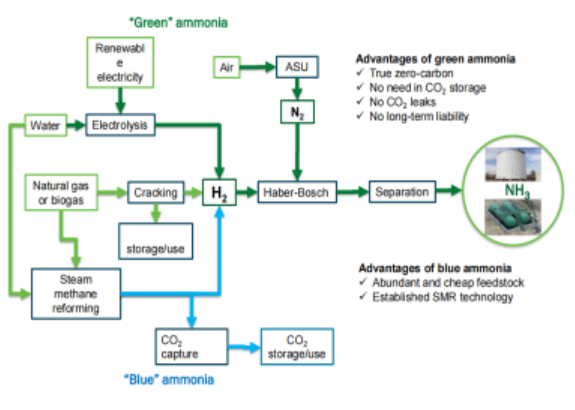
The Global Ammonia Alliance predicts that "ammonia is the future green energy winner" based on the eight most important energy dimensions: (1) a true zero-carbon fuel; ② High energy density; ③ Easy to liquefy (10bar or -33℃); (4) Easy storage and transportation infrastructure is perfect; ⑤ hydrogen energy carrier; (6) Higher yield and efficiency than liquid hydrogen; ⑦ Low cost; ⑧ Excellent safety record; ⑨ is the fuel for all transportation equipment; ⑩ Widely used (power generation, agricultural machinery, building materials)
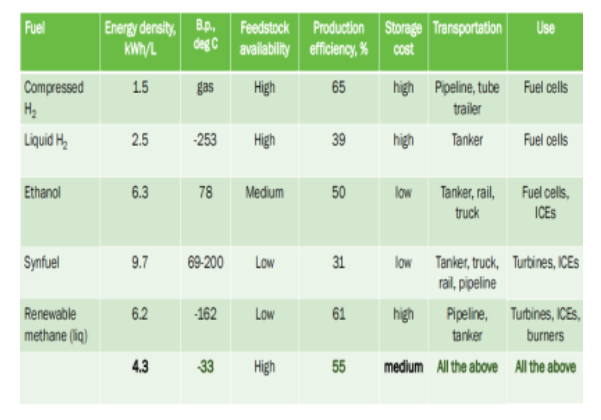
The Situation of Ammonia-hydrogen Strategy Abroad
USA
The U.S. Department of Energy launched a national program called Ammonia from Fertilizer to Green Energy Transmitter. The results demonstrate that ammonia energy can be widely used in thermal and power equipment.
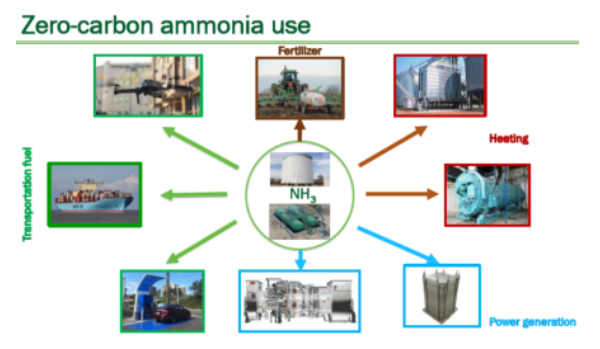
The United States is building 3,000 miles of liquid ammonia transport pipeline, which will cover the entire country.
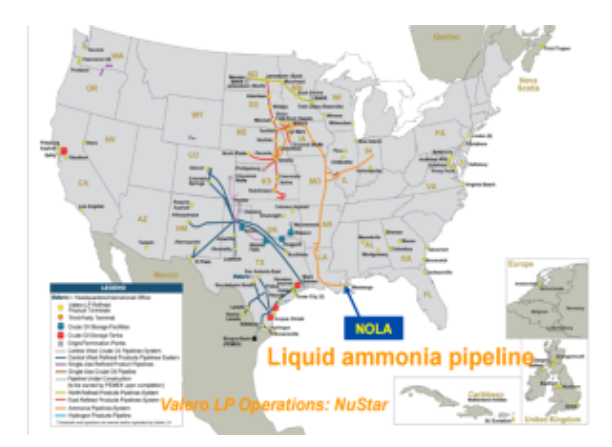
The United States will build an ammonia energy transport network covering the Asia-Pacific region based on the ammonia energy base in Hawaii
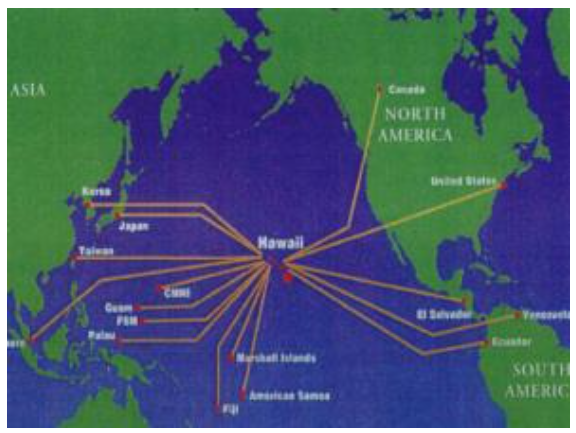
Japan
Ammonia Energy Strategy and Implementation in Japan -- Ammonia has become a new international strategy to deal with climate change.
In April 2021, the Japanese government released“Japan embracing ammonia power to achiever 2050 zero CO2 target”Ammonia energy Strategy
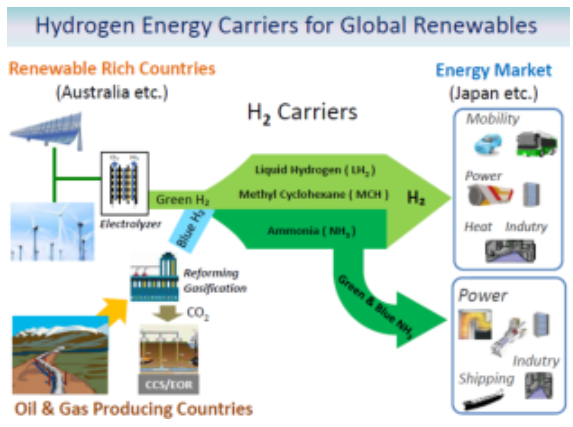
Japan SIP has made clear four conclusions: direct combustion of ammonia has no CO2, ammonia is the largest hydrogen carrier, ammonia supply chain can be commercialized with low cost, and ammonia combustion NOx emission is controllable
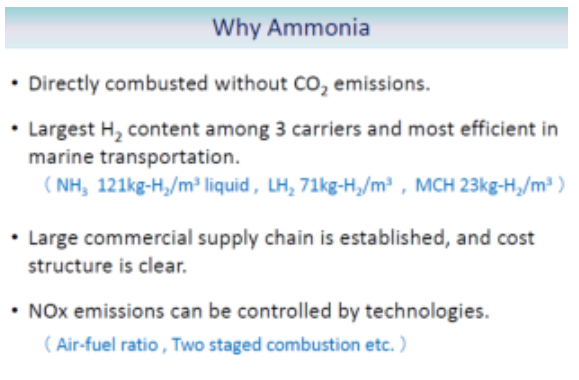
In February 2021, the Japanese government issued the "Japan Green Development Strategy" and formulated the "Japan Ammonia Fuel Roadmap" from 2021 to 2050.
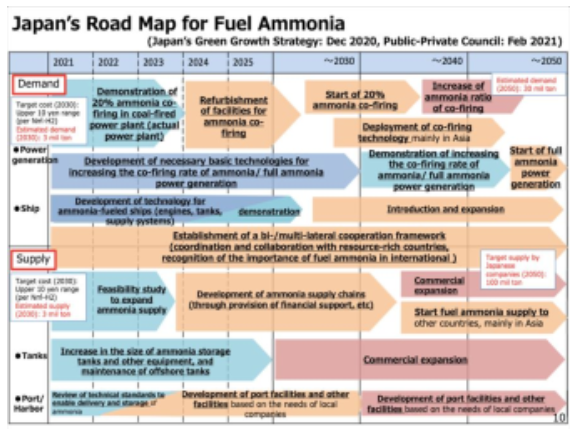
Japan SIP has developed the "Japan Ammonia Energy Supply Chain Roadmap", and the maximum power of green ammonia energy will reach 100MW by 2030.
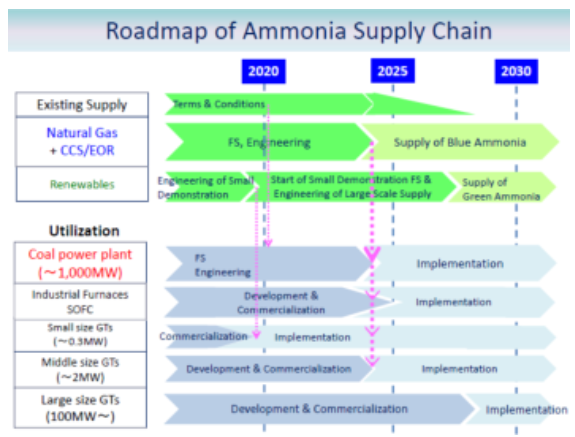
OEM ammonia hydrogen energy layout
Important foreign OEM have formulated the development strategy of ammonia energy vehicles and laid out the forward-looking research and development of liquid ammonia internal combustion engine.
Important foreign OEM clearly proposed that in the future sustainable hydrogen energy society, the volume energy density of on-board liquid ammonia storage is twice that of liquid hydrogen, while the cost is only half.
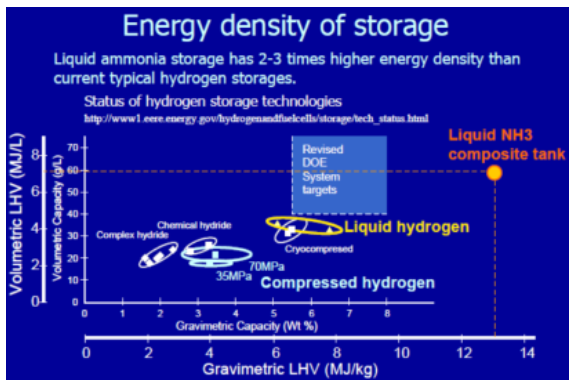
The research of important foreign OEM shows that ammonia fuel is more suitable for heavy trucks, and the efficiency and torque of heavy internal combustion engines with ammonia fuel are higher than that of diesel engines with the same displacement.
The research of important Oems abroad shows that on-board ammonia cracking hydrogen production technology and ammonia-hydrogen fuel mix ratio control technology are the key technologies for the performance of ammonia fuel heavy-duty internal combustion engines.
